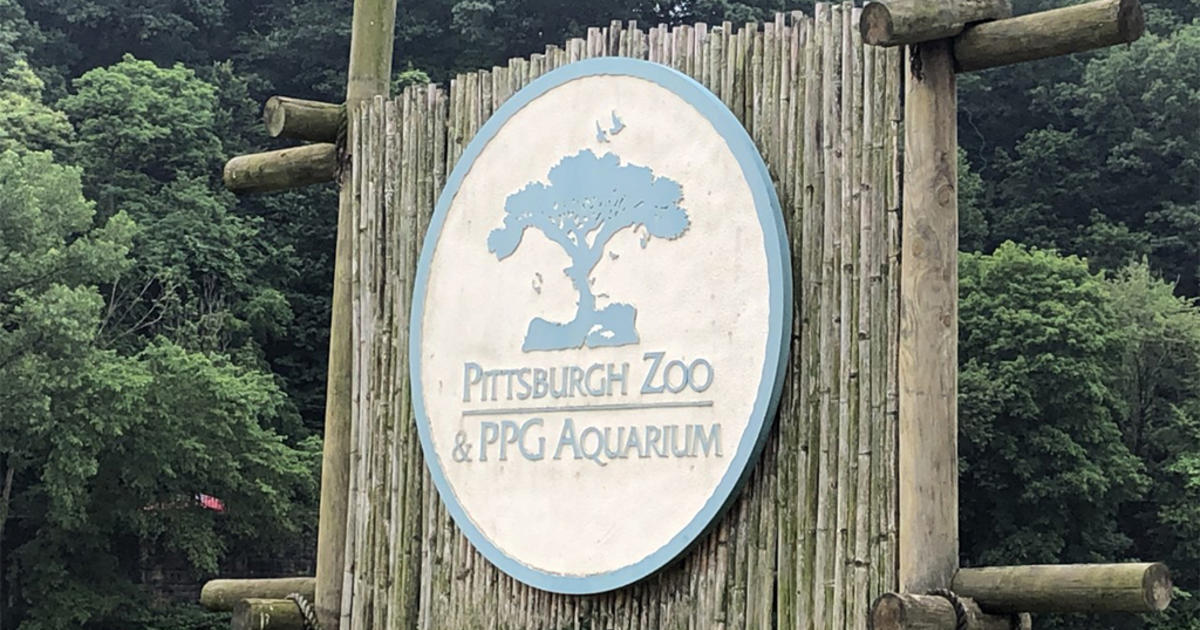New Treatment For Breast Cancer Patients 50 And Older Taking Place In Pittsburgh
PITTSBURGH (KDKA) -- Connie Frameli has had breast cancer twice.
The first time was 19 years ago. She was treated with medication, chemotherapy.
And to interfere with the cancer cells dividing and growing, she also got beamed with radiation therapy every day at the hospital for several weeks.
"25 sessions," Connie says, "I got real red, but I didn't get the blisters."
The treatments wore her out, and she developed a complication of fluid and inflammation around her heart.
When the breast cancer came back last year, she didn't want to go through radiation again. But her doctor said it was an important part of her beating cancer a second time, and gave her three options: 25 sessions at the hospital, like the first time, two sessions a day for five days straight, or something new.
"And so I said, what's the third? And he told me about the seeds they implant now."
These tiny pellets called seeds go into the breast in the area of the tumor after the lump has been removed. They gradually release radioactivity over a few weeks, and then eventually become inactive, but the pellets stay in permanently.
"We insert with very tiny needles, seeds that are kind of injected into tissue. The body doesn't recognize them as anything abnormal. Inside there is palladium, which is a radioactive element. very short half-life, so it gives very focused radiation to a very small area. it doesn't go through the whole body. It's very confined so less side effects," Allegheny Health Network radiation oncologist Dr. Mark Trombetta explains. "It's a single treatment, instead of multiple treatments. The patient comes in, has seeds placed and goes home."
Patients are put under, and local anesthetic is also used, while doctors implant the seeds.
"I had no pain with my surgery, I had no pain with this," says Connie.
Even with the seeds, people can still have redness and peeling of the skin. And because of the radioactivity, a special shield that goes into the bra must be used to protect close contacts from radiation.
Doctors say this treatment is best suited for breast cancers caught early, in patients 50 and older.
And in 10 years of studies, researchers found these seeds work just as well as other radiation therapies - with 96 percent of people getting the seeds still alive five years later.
Connie was only the second person in Pittsburgh to get the seeds, and her insurance paid for nearly everything. "So far, the only thing I've had to pay was $8.15."
She has to go back for routine follow ups, and even though the seeds will eventually lose their radioactivity, they still have to be monitored and tracked.
"They have to count them," says Connie.
But since she's not tied to weeks of treatments at the hospital, Connie has been able to travel, visit family, and do all the things she loves.
"The only way to go is with the seeds. And I just think, yeah!"



